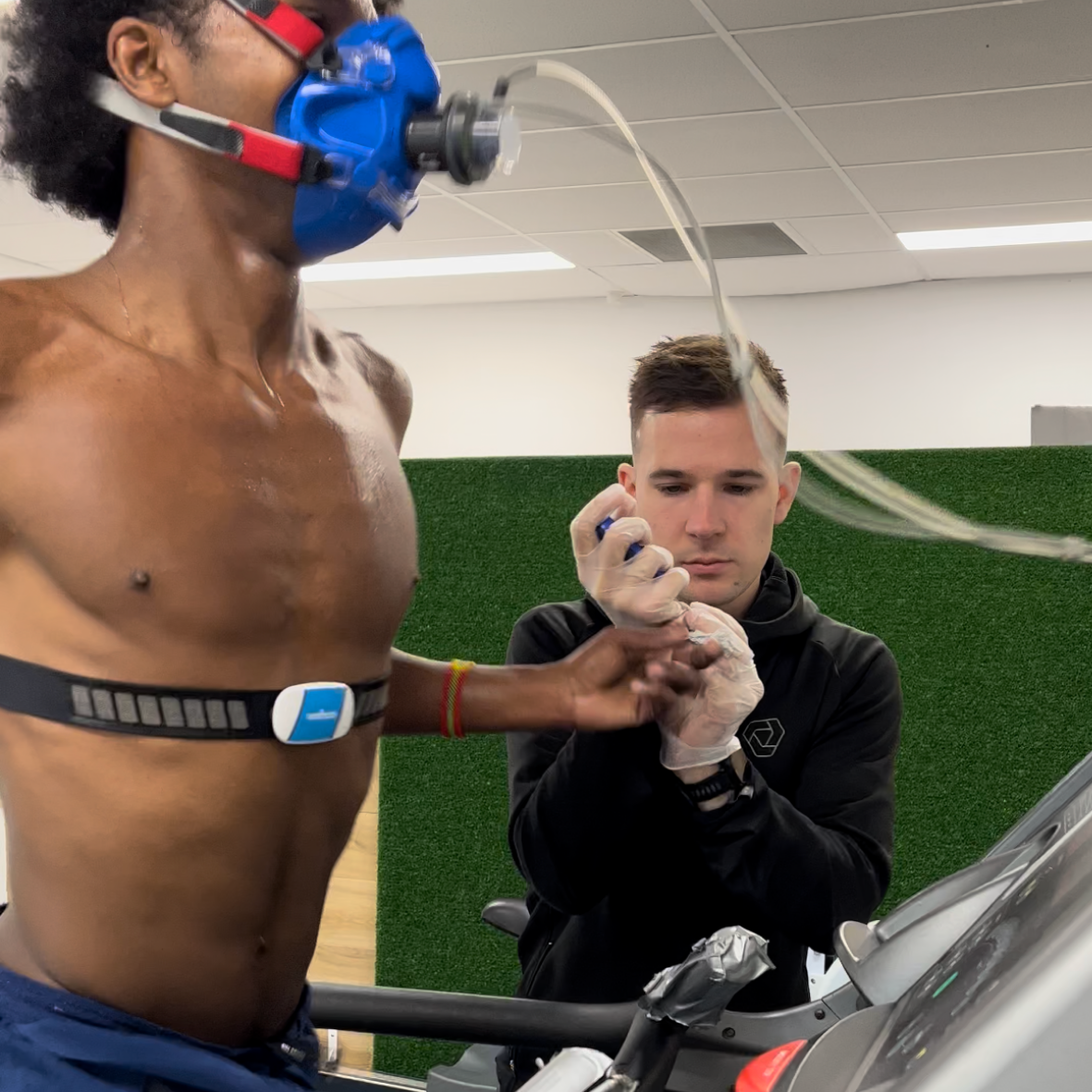Knowing Your Numbers
Nick Jankovskis MHPS BExSpSci – METS Performance
The most cliché endurance training phrase that gets thrown around these days is:
“ You need to know your numbers”
But what does this actually mean?
It can come down to a number of things. Training Zones, thresholds, VO2max, blood lactate profiles, and critically for endurance racing how much fuel to consume on course.
As endurance athletes we invest significant amounts of time and energy each week, month and year into improving our ability to push harder for longer. Often with the added pressure of fitting it all in around a regular job, family commitments, busy social lives and more. It then becomes critical to understand and know your physiology, clearly identify your strengths and weaknesses and ultimately eliminate the guesswork to ensure you make the most of the training we do.
To do so we need to know our numbers. So what are the important things to know?
First you need to know the size of your aerobic engine. We find this by measuring VO2max. The maximal amount of oxygen you can take in, transport, and utilise in one minute. The number itself is nice to know, but more importantly by measuring VO2max we are able to understand not only how much oxygen we can use at maximal intensities, but also how your body responds to submaximal outputs and how they relate to the bigger picture. At the end of the day, VO2max is typically a 5-8min flat out effort for most athletes. Threshold is typically known as the intensity we can sustain for 45-60min and a key predictor of endurance performance. As an intensity, it cannot exceed VO2max, it will always be a percentage of it.
If your aim is to improve your threshold to a faster pace or higher power output, we’re only able to do so if we have a large enough engine to allow for that change. It is this contextual information that is useful when seeking to implement effective training strategies.
Once we know what you’re capable of, it’s then about building out a set of useable training numbers, otherwise known as training zones alongside specific training recommendations to help translate what we find in the lab, out in your training. Generic percentage-based zones are a thing of the past. Utilising oxygen consumption data and blood lactate profiling from the lab, your able to obtain accurate, personalised training zones that account for the individual differences within your physiology. Sometimes the generic equations get it fairly close, but they are based on generalised population norms and don’t account for an individuals training history, training status, physiological characteristics and more. It is this analysis and application of the lab testing data that really eliminates the guesswork to leave you crystal clear on what you need to do, but also why when it comes to your endurance training.
This makes up the bulk of what you need to know. At the end of the day the numbers and information you have to implement into training is the key part. Get this right and the bulk of your performance is well and truly tracking in the right direction.
We can further optimise by looking at more detailed insights based on your circumstance by investigating your numbers when it comes to sweat loss, nutritional strategies and more. These are all important as well, however depend more on the type of training and racing you do. The core basics when it comes to knowing your numbers from a training perspective is the must know info regardless if you are a 5km park runner or an ironman triathlete.
For further information or to book in some testing click here.










